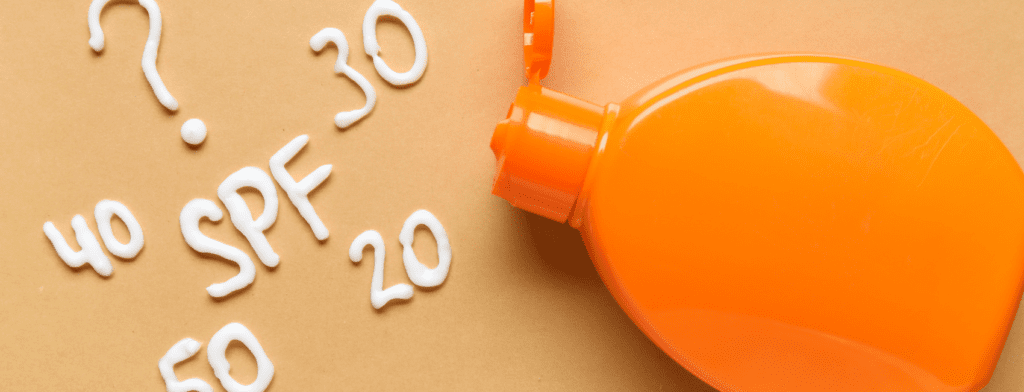Fall Skin Refresh with Dr. Mathieu Powell

Why Your Skin Needs Extra Care in Fall and Winter As summer fades and the colder months roll in, your skin’s needs change dramatically. Humidity drops, indoor heating cranks up, and suddenly dryness, redness, and irritation become daily visitors. Knowing how to adjust your skincare routine now can save you from a long, flaky winter. Hydration is the First Step One of the most significant skincare shifts for fall is the importance of hydration. Summer humidity helps our skin hold moisture, but autumn air is far less forgiving. To keep skin soft and resilient: These small changes can prevent dry patches and keep your skin barrier strong. Treatments That Work Best in Fall Fall is the ideal season to book treatments that don’t mix well with summer sun exposure. With lower UV levels, your skin heals more effectively and the results last longer. Some of the best options include: If you’ve been waiting all summer to try these, now’s the perfect time. Don’t Ditch the Sunscreen It’s a common mistake to stop using SPF when summer ends. But UV rays don’t take a holiday. Fall and winter sun, especially when reflected off snow, can cause just as much damage. Daily SPF is non-negotiable if you want to prevent premature aging and skin cancer. Key Takeaway: Prep Now for Winter Skin Success Think of fall as a reset button for your skin. Hydrate more, repair summer’s damage, and protect against the sun year-round. With the proper care and treatments, your skin will look and feel its best, even when the temperature dips. See you at the clinic, Dr. Mathieu Powell
Do Expensive Skincare Products Really Work Better?

Skincare: Things I Hear Every Day That Aren’t True

Montreal-based dermatologist Dr. Powell debunks common skincare myths heard in clinic every day. Honest, funny, and backed by science.
Spring Break? Let’s Talk Sun Damage.

Protecting Your Skin After Years in the Sun By Dr. Mathieu Powell Spring break: for some, it’s a March vacation, a sunny escape; for others, it might bring back memories of…well, maybe a little too much sun. As a dermatologist, I often see patients who, years after those youthful sunburns, are now concerned about the long-term effects of sun exposure. March is a great time to talk about this. It is before spring break and before the warmer weather truly hits when we’re all tempted to spend more time outdoors. We all know (or should know!) that sun exposure can be harmful. But it’s not just the immediate sunburn that’s the problem. It’s the cumulative damage over years that can really impact your skin health. Those sunburns from spring breaks past? They can increase your risk of skin cancer later in life. That’s why regular skin checks are so crucial, especially if you have a history of sunburns or extensive sun exposure. Think of it this way: you get your car checked regularly to make sure everything is running smoothly, right? Your skin deserves the same attention! What Happens Over Time? Sun damage doesn’t just disappear. It accumulates, leading to: What Can You Do Now? Even if you’ve had your share of sunburns, it’s never too late to start protecting your skin. Here are some key steps: Looking Ahead Spring break may be a distant memory for some of us, but the effects of past sun exposure can linger. Taking proactive steps now can help protect your skin health for years to come. Don’t wait until you see a problem – schedule your skin check today! Your skin will thank you.




